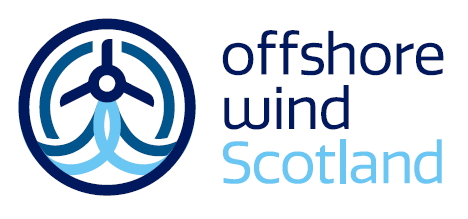Step 1: Define Your Business Goals
To conduct an impactful and effective training needs analysis you firstly need to understand what goals you want to achieve. Aim to align your workforce development goals with your organisation’s strategic objectives for the longer term, industry demands and Scotland’s offshore wind targets.
Questions to ask:
- Are you entering the offshore wind supply chain?
- Are you preparing staff for a specific project (e.g. ScotWind, INTOG)?
- Do you need to meet industry certifications (e.g. GWO. Renewable Energy (Wind) Training Standards - OPITO)?
Step 2: Identify offshore wind skills requirements
Create a list of the current and future roles and skills needed for offshore wind and the competencies they require.
Focus areas:
- Advanced Technical Skills: (e.g., Blade Repair, Wind Turbine Maintenance, Electrical Systems, Hydraulics, Automation & Control)
- Advanced Manufacturing: (Automation, AI, Advanced welding techniques and systems, Optimised assembly line systems, Additive manufacturing)
- Health, Safety & Environment (HSE): (e.g., GWO Basic Safety Training modules, Working at Height, Confined Space Entry, First Aid)
- Digitalisation & Data Analytics: (e.g., Remote Monitoring, Predictive Maintenance, Data Interpretation, Software Proficiency)
- Project Management & Leadership: (e.g., Offshore Project Planning, Team Leadership, Contract Management)
- New & Emerging Technologies: (e.g., Floating Offshore Wind, Hydrogen Integration, Robotics)
Step 3: Map existing skills
Next, you need to decide how you are going to measure the current knowledge, skills and abilities of employees. At this stage, you should communicate to and work with employees to understand their experiences and which areas they think they need to focus on improving in. There are numerous approaches you can take:
Methods:
- Employee self-assessment surveys
- Line manager feedback
- Review of qualifications and certifications
Try the organisational skills profile - SDS
Use this training needs analysis template
Once you’ve completed a skills gap analysis, the next step is to identify the right training solutions that directly address your workforce’s needs.


